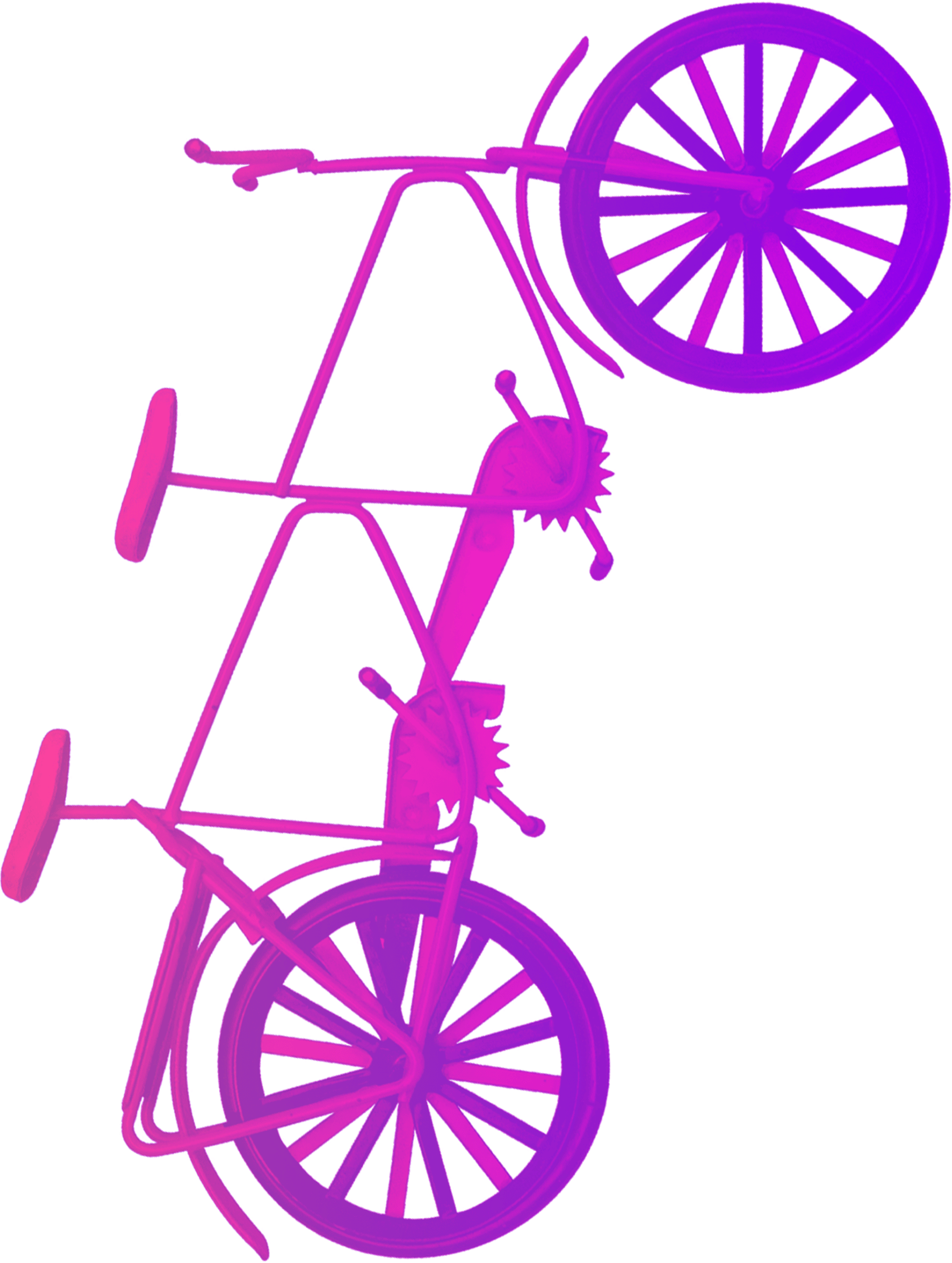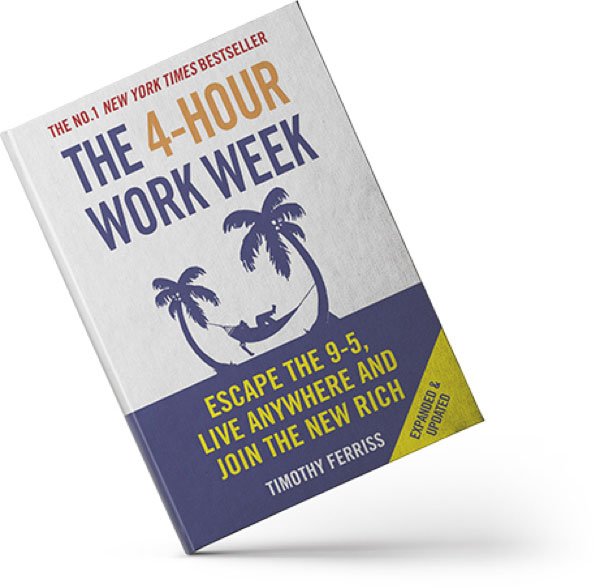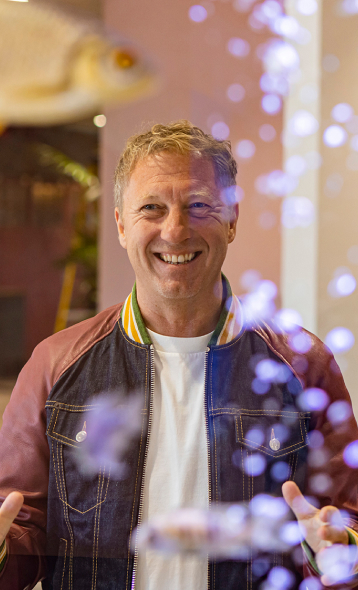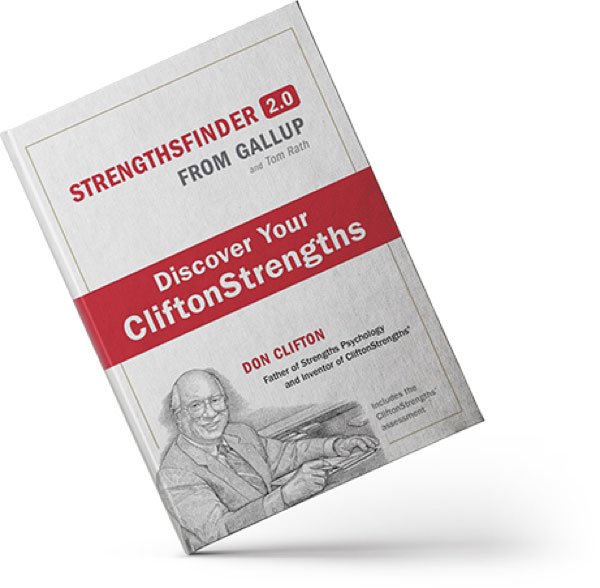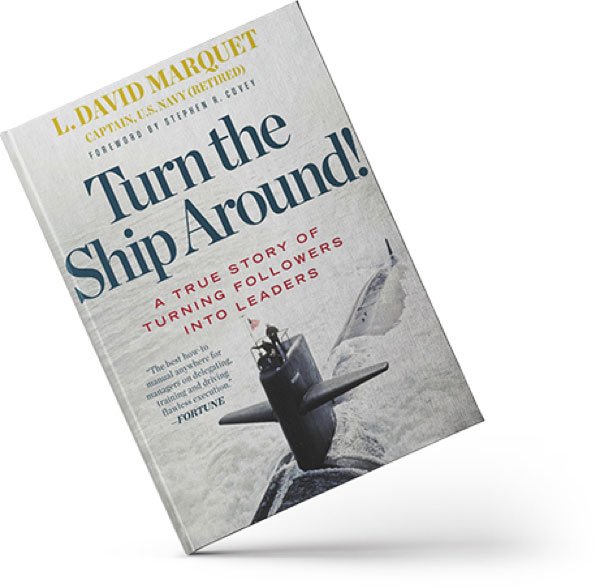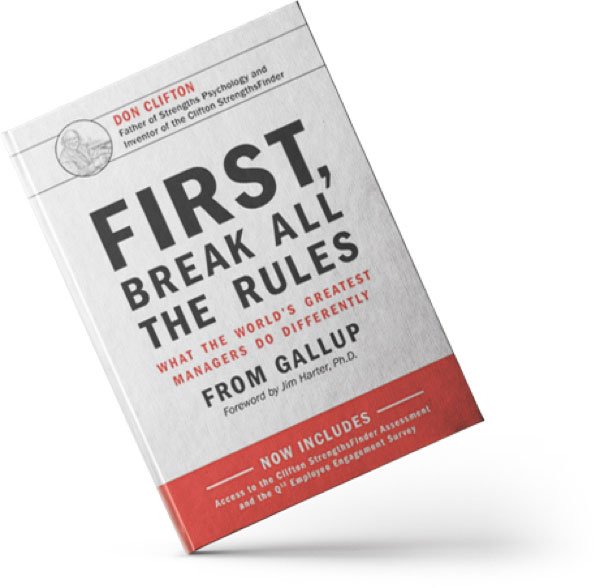Bruce Davison, CEO and founder of GoSpace AI, has been watching the spread of the coronavirus pandemic closely. In just a few short months the virus has changed the world, transforming where we go, the way we behave and how we work, possibly forever.
And, it’s the how we work that is really capturing his attention. Bruce has spent the last five years preparing for a situation exactly like this; a future world where organisations need to balance their financial, environmental and social responsibilities, whilst finding the most efficient way of enabling remote and office working.
CHANGE IS COMING
As the enforced lockdown slowly lifts, we are on the cusp of a significant sea change in working practices. Millions of people now have the freedom to return to their offices, but do they have the desire? We already know it’s not going to be business as usual. And this raises so many questions about exactly how our behaviour is going to change and what this means for businesses up and down the country.
Organisations will need to juggle the changing schedules of thousands of employees, ensuring that they have sanitised desk space available when they need it and maintaining business continuity when a team member tests positive for Covid-19.
IT’S GOING TO BE A CHALLENGE, BUT BRUCE IS READY
“It’s not that we’ve been planning for this precise scenario since 2015,” he explains. “Nobody could have foreseen this. But we knew from the data that people were starting to use office space differently and we could tell that as people increasingly mixed up the time spent at home and at work, most businesses would soon have a real allocation and scheduling problem.
“We saw it as an opportunity to start thinking about a solution that would allow businesses to use Artificial Intelligence (AI) for their strategic planning and scheduling and would enable them to manage their workspaces in a future world. The situation was dynamic. As people began to work remotely, they were doing their own scheduling and planning. This created a number of constantly changing variables, which just couldn’t be predicted with traditional AI methods. So, we built our own software – an intense and time-consuming process with its own unique set of challenges but with an ultimate reward: we now have patents approved in the US, Europe and the UK and a growing client list.”
“THE PANDEMIC HAS PRESSED FAST FORWARD”
It’s almost as if the business was built for this moment. “Coronavirus has made what we do really relevant,” says Bruce. “And that’s to use AI to make buildings more intelligent and efficient. More able to cope with different teams working in different patterns. More prepared for what may happen next.”
And that’s the thing. No-one knows what the future holds. And this uncertainty over when the next wave will strike, the threat of local lockdowns and the restrictions of future regulations means Bruce and GoSpace AI are building incredible traction with organisations which are looking for answers and a plan.
Bruce explains: “By starting to model different simulations and workplace behaviours early, you can look at different outcomes and plan how you’ll manage various scenarios. You’re better prepared for what might happen. Businesses can react faster, maintain business continuity and save time.”
BUT WHAT SORT OF SITUATIONS ARE WE TALKING ABOUT?
It’s clear, not just from talking to Bruce but by looking at how businesses are operating across the globe, that one of the main changes will be an increase in remote working. Whatever else the future holds it seems pretty unlikely that we’ll see a mass exodus of people leaving their spare bedrooms and dining room tables and rushing back to the office any time soon. There was already a shift towards greater work-life balance and more flexible working, and the pandemic has sped this up exponentially.
“That’s a significant behavioural change,” says Bruce, “which will have considerable influence on how we use our office space and how we use tech to manage it too.”
SO, IS THIS THE END OF THE PHYSICAL OFFICE?
This seems like a pertinent question to ask. But it’s not quite as simple as that. When everyone started working from home, it quickly demonstrated that employees can be trusted to work remotely. This removed a huge barrier that had previously prevented greater uptake of remote working. But while this period has proved the effectiveness of remote working on the one hand, it’s not black and white – there’s a huge grey area when it comes to what makes for a productive workforce.
Sometimes it might actually make sense for someone to be more office-based, depending on their role, experience and level of responsibility. Or a project team may require lots of face-to-face time in the early stages but be able to work more remotely once a certain point has passed. The need for office space is dynamic and this ebb and flow needs to be effectively managed.
A SOCIAL ANIMAL
Bruce makes a further point about workplace behaviours. “A recent study found that 90% of meaningful interactions during the day occurred between people who sit together. These informal conversations allow ideas to bounce back and forth but also cultivate a sense of community and belonging that we, as humans, crave.
“We also know that most productive collaboration isn’t planned. It’s throwing ideas and suggestions around, a quick nod here, a few words of encouragement there. It’s very difficult to achieve this with video communications where the majority of the technology is designed to facilitate a specific meeting rather than prolonged contact.
“So, while there will be a definite reduction in the amount of time people spend in the office, having that physical space for people to get together remains important, especially to facilitate teamwork.”
THE FALL-OFF-THE-CHAIR MOMENT
And this brings us back to the problem of managing space and scheduling as employees’ calendars become more fluid and as the time spent in the office is increasingly combined with remote working.
“This,” says Bruce, “is where GoSpace AI comes in. Put simply, it uses data to learn how and when space is used and it then makes predictions on future use. There’s no need for calendar entries or room reservations, the technology automatically knows you need space on a particular day and finds and schedules the best solution for everyone’s working pattern and location.
“Any data available is plugged into the system, from lease renewal dates to departmental headcounts and working patterns. From this starting point, with a few assumptions, the system can generate a solution in 60 seconds. That creates a fall-off-the-chair moment,” he adds.
“OFFICE SPACE CAN BE REDUCED BY 75%”
This fact creates another fall-off-the-chair moment.
“Even pre-Covid, office space was only really 50% full,” says Bruce. “But the way it was allocated and booked by individuals meant it was hard to see the inefficiencies. Our system allows you to see at a glance how much space you really need. And if an element changes or needs refining, then it’s a simple job to modify the data – and in another 60 seconds there is a new solution.”
This is especially relevant in the current climate, where regulations regarding Covid-19 transmission mean anyone in contact with the virus should isolate for 14 days. Rather than closing whole offices, it’s possible to instantly determine how many teams are affected, where they have worked, which areas need to be locked down and which teams need to be moved, with the minimum levels of disruption.
WHERE DO WE GO FROM HERE?
For GoSpace AI, it’s onwards and upwards. Major Fortune 500 and FTSE companies are using the technology to reassess their real estate requirements and to review what they now need. When prime office space for just one person can cost from £9,000 – £15,000 per year, a reduction of 75% isn’t something to be overlooked.
“Essentially,” says Bruce, “it means we’re not going back to the same real estate footprints as we had before. And that’s not just good for the bottom line, there are environmental and social benefits too.”
“THE BEST THING WE CAN DO FOR THE ENVIRONMENT IS REDUCE OUR OFFICE STOCK”
“There is a huge focus at the moment on constructing buildings that are more environmentally friendly, but I believe that rather than building new, the best thing we can do for the environment is to deal with the buildings that already exist and are half empty.
“We’re heating and lighting those buildings, causing emissions,” Bruce says, “and the stock simply isn’t needed. We’ve shown we can use 75% less. That’s a massive reduction. These existing buildings need to be either repurposed or pulled down.”
A GUIDING LIGHT
The vision for GoSpace was to create something that would help businesses to become more socially, environmentally and financially sustainable. A tool to guide them through the changes that can reduce their real estate costs, deliver work-life balance, benefit their employees, improve productivity, reduce their emissions and improve their environmental footprint.
Now, more than ever, businesses need this guidance. The combination of enforced regulations from Government and naturally occurring behavioural changes mean that no-one is sure what lies ahead, and this means that there is a real need to be prepared for almost every eventuality.
But one thing’s for certain, if Bruce has anything to do with it, the office will never look the same again.


